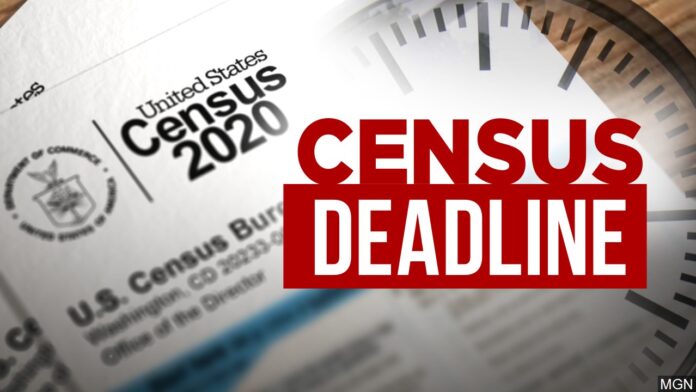HARLINGEN — As Census 2020 lurches to a counting finale this month, Texas has dropped back to No. 39 in the national rankings of households which have self-reported. All told, the state’s selfresponse rate of 62.6 percent when added to its enumerated rate — where census workers go door-to-door — totals an impressive 99.9 percent.
Problem is, experts say, that isn’t telling the whole story.
The door-to-door aspect of Census 2020, called the Non-Response Follow Up, or NRFU, is used for households which have not responded by either mailing in their census form or by filing online.
When an enumerator knocks on the door and there’s no answer, he or she can go to a neighbor or the landlord for information on just who lives there.
But it doesn’t mean everybody in the household has been precisely counted, only that contact was attempted and a proxy was found, who may or may not know just who lives there.
“Long story short, enumeration does not mean count, it just means that the census bureau has categorized this (address), they can get it off the list of their workload, and say that they have completed that count for that housing unit,” Lila Valencia, senior demographer with the Texas Demographic Center, said Monday in an online webinar.
“Self-response data, we know that is the highest-quality data, that is the data we want to see an increase in right now during these last few weeks of the count,” she added.
Just when Census 2020 will end depends on an appeal to the U.S. Supreme Court by the Trump administration, which sought to end the count Sept. 30. A federal judge in California ruled it should continue until Oct. 31, and the 9th U.S. Circuit Court of Appeals upheld her.
Georgia has overtaken Texas in self-response rate rankings, and the Texas number seems to have hit a plateau.
“Our self-response rate is actually really stalling … selfresponse has increased by zero points in seven of the last 10 days,” Valencia said. “So we really want to be able to encourage our neighbors, encourage our family and friends, and really get the word out to people to self -respond. It’s not over.”
Self-responses to the census are regarded as far more accurate, and more valuable, than households counted through door-to-door enumeration. The latter usually don’t include the ages or accurate number of household occupants, or their race or ethnicity.
Here in the Valley, the selfresponse rate has slowed to a trickle over the last few weeks, with Cameron County hovering at 52.3 percent, Willacy at 42.7 percent, Hidalgo at 54.3 percent and Starr at 48.8 percent.
With early voting starting Tuesday, Valencia urges Texans also to respond to the census when they go to vote.
“Whenever you plan to go vote, make that a full citizen participation day, and complete your census as well as going to the polls, “ she said.
“We really want to encourage people to self-respond, selfrespond, self-respond,” Valencia added. “Because that is the only data that we can be sure is going to be of high quality, of high accuracy, and it is going to get Texas the truly complete and accurate count it needs.”




